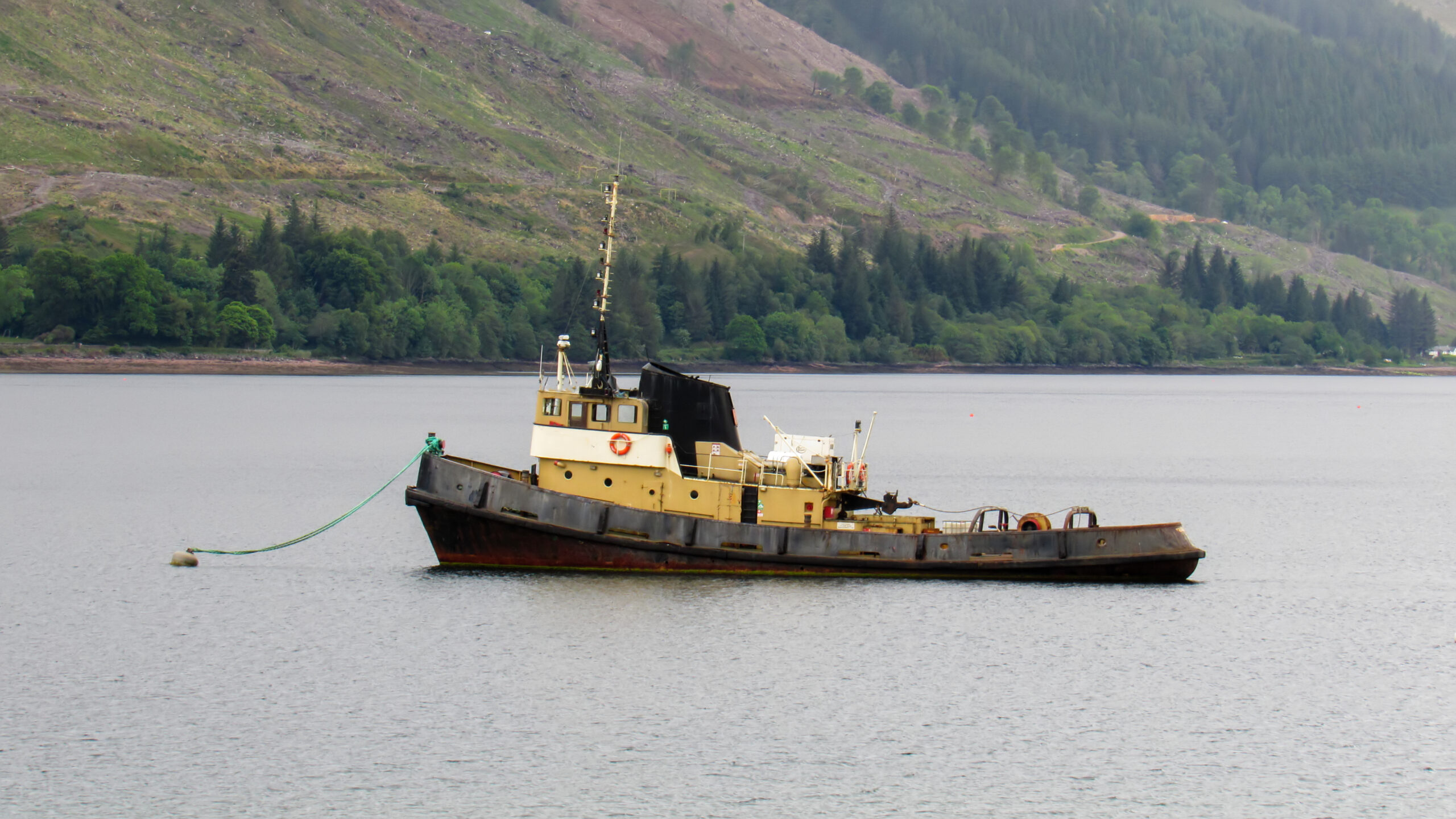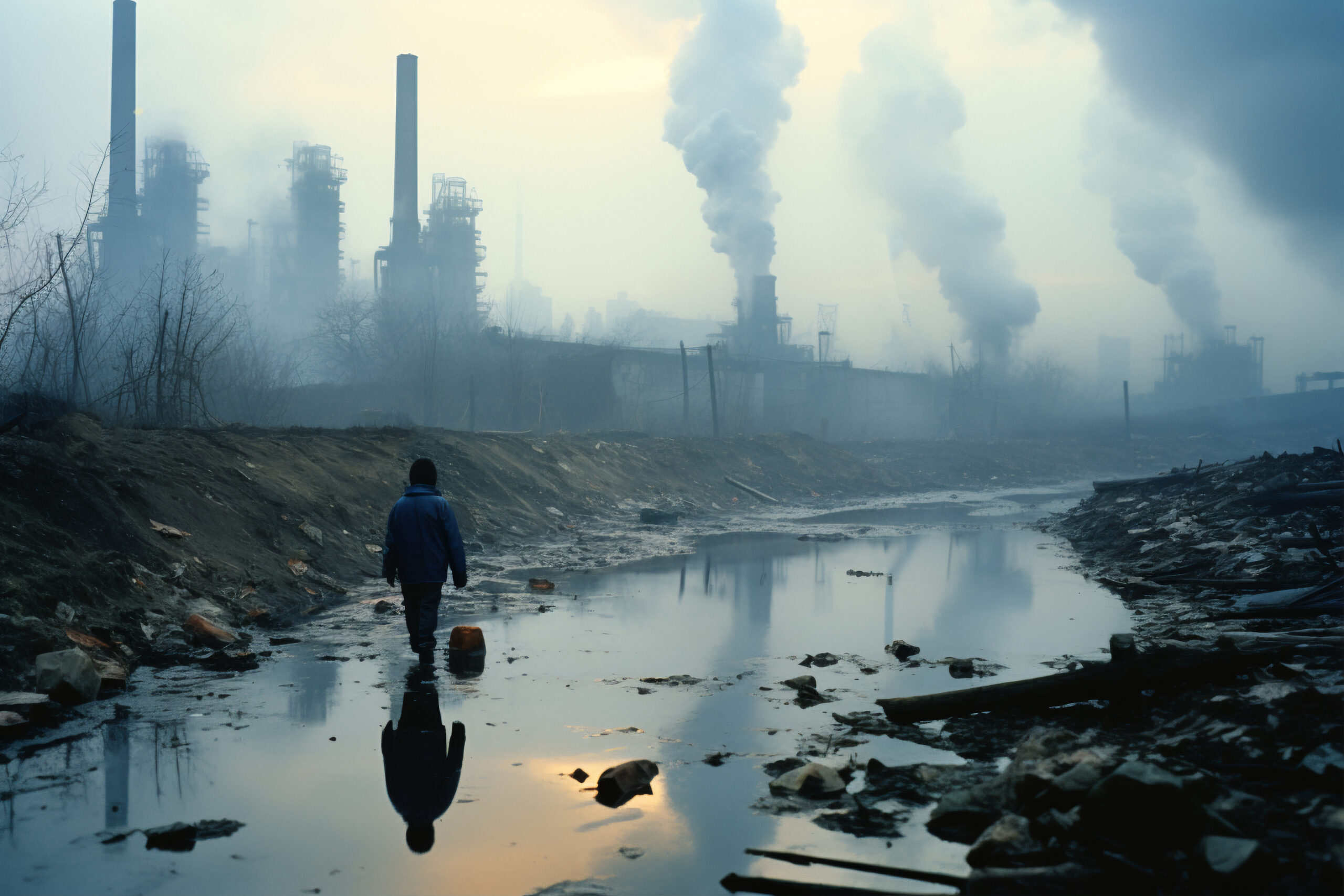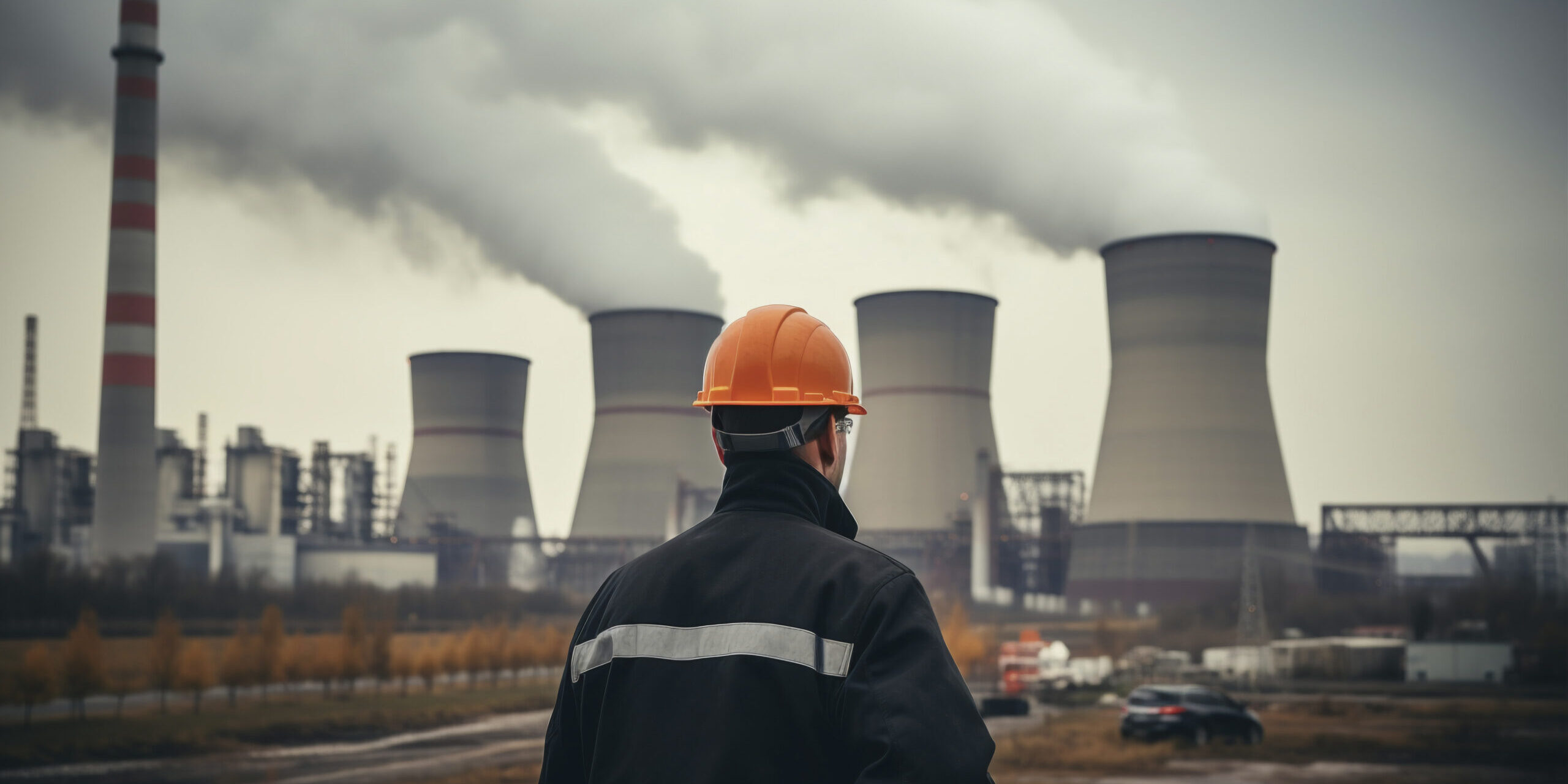The Daunting Physics of Carbon Removal
By Liz Boatman
Introduction
Anthropologists believe humans began using fire functionally almost two million years ago, eventually relying on it for cooking and warmth. About 4,000 years ago, people in northern China discovered coal, a more efficient fuel than wood.
Presently, we burn about 8.8 billion metric tons of coal annually, along with other fossil fuels, releasing huge amounts carbon that used to be in Earth’s crust into the atmosphere. This carbon dioxide traps heat, intensifying extreme weather conditions like hurricanes and heat waves and disintegrating sea ice and glaciers.
As nations aim for net-zero greenhouse gas emissions by 2050, others question:
What can be done about the 1.5 trillion tonnes of carbon dioxide (CO₂) already in the atmosphere?
On 27 January, the American Physical Society (APS) released a new report titled “Atmospheric Carbon Dioxide Removal: A Physical Science Perspective,”, authored by scientists — Washington Taylor of the Massachusetts Institute of Technology (MIT), Jonathan Wurtele of the University of California, Berkeley, APS Past President Bob Rosner of the University of Chicago, and APS President-elect Brad Marston of Brown University. The report highlights current carbon dioxide removal (CDR) technologies and provides policy recommendations.
The key takeaway from the APS report:
Reducing current carbon emissions is generally more effective and less costly than large-scale CDR efforts.

Major Findings of the Report
Human activity releases about 35 gigatons of carbon dioxide annually. Removing even 1 gigaton would be a small stepping stone mentioned by APS President-elect Brad Marston. However, with the global push to expand renewable energy and reduce emissions, diverting clean electricity to carbon removal is a major challenge.
The APS report outlines current CDR technologies, dividing them into two types: once-through and cyclic approaches, each with varying energy and material demands.
MIT’s Washington Taylor compares the two approaches to using paper towels (once-through) versus a sponge (cyclic) to bail water from a sinking boat. Paper towels are used once and discarded, while a sponge is reused with effort—symbolising the energy required in cyclic methods.
One cyclic removal approach is chemical direct air capture—pulling air through a system using solvents or solid sorbents to isolate CO₂. As atmospheric CO₂ is very dilute—420 parts per million molecules—concentrating it requires significant energy. Even more is required to compress and inject the CO₂ into the ground. Capturing 1 gigaton this way would require processing as much air as all the world’s air conditioners in a year—and consume power at a scale similar to a large fraction of the total U.S. electricity output.
The report also outlines once-through approaches like enhanced rock weathering and ocean alkalinity enhancement, which use finely ground minerals to absorb CO₂ from the air or ocean water. These reactions are typically exothermic and require lesser energy, but more material. To make a strong impact, we’d need to quarry and process rock at a scale comparable to global cement production—the world’s most commonly used material.
The report also explores ecosystem-based approaches, which use natural environments—like trees, grasses, and soil—to capture and store carbon. According to Taylor, these methods are often more cost-effective than engineered solutions and offer additional benefits, like improved air and water quality and support for biodiversity. However, he warns that such ecosystems are vulnerable to carbon-releasing events like wildfires.

Recommendations for Policymakers
The report shows that CDR may eventually be necessary, despite its high energy costs. It is recommended to pursue targeted and cautious R&D investment in CDR technologies.
“These tools need to be explored and be ready if needed” says Marston, though he stresses that reducing carbon emissions is still the most effective solution currently. For example, Climeworks’ new geothermally powered direct air capture plant in Iceland made headlines, but Marston notes that a million of such plants would be needed to offset global annual emissions—an amount he describes as “mind-boggling.”
Due to such scale challenges, ecosystem-based approaches like reforestation and regenerative agriculture can reduce the disruption due to human activity. However, risks like wildfires and land-use conflicts limit their long-term reliability.
The report emphasises that effective CDR groundwork will require vast new sources of carbon-free energy like solar, and that once-through approaches must provide solid data on effectiveness before implementation. “The main drawback is you’re dealing with these open systems,” says Marston, making it difficult to measure how much carbon dioxide is actually captured. That’s why the authors emphasise the need for robust systems for measurement, reporting, and verification (MRV) to ensure that scientists’ efforts are effective—like international standards for methane emissions and fluorocarbon.
Finally, the report calls on policymakers to build economic and regulatory frameworks for carbon management and carefully weigh the benefits of implementing CDR versus emissions reductions approaches.

Can we solve climate change?
Physicist Taylor didn’t fully grasp the complete picture of climate change even in 2006. His growing interest led him to join APS’s Panel on Public Affairs (POPA) in 2021, with fellow physicist Brad Marston joining the following year. Though APS’s previous report had already explored direct carbon capture (DAC), POPA member Bill Collins persuaded Taylor to revisit the topic due to rapid advancements in the field. The timing was right.
Marston’s focus on climate physics began during graduate school. Around the time, NASA scientist James Hansen testified before Congress in 1988, that there was presence of global warming. The following year, the United Nations formed the Intergovernmental Panel on Climate Change (IPCC), whose early predictions include extreme weather conditions, like rising sea levels, and more powerful hurricanes. The latest IPCC report (2022) confirms the growing severity of climate impacts.
Taylor stresses that society can’t make informed decisions without understanding the changes in the climate, and physicists have a crucial role to play. The POPA report highlights that large-scale CDR will demand a lot of energy and resources—making it essential to have a system of policies to address the urgency of reducing carbon emissions now.
“This is a complex problem, but at this point, climate and carbon management is really a social and economic challenge,” says Taylor. Marston warns that the extreme weather we’re seeing today is likely only the beginning.

Now it is down to the real question:
Can world leaders work together and commit the resources needed to implement effective solutions?


